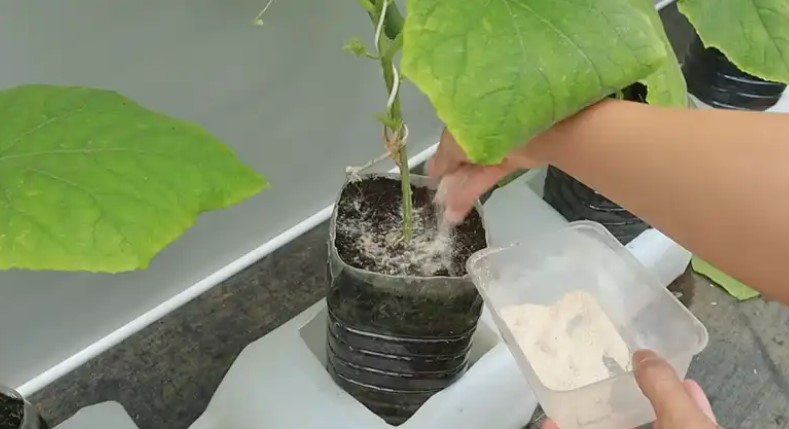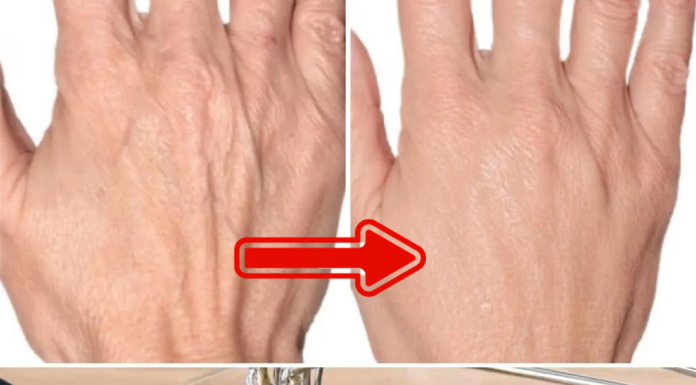If you’re a gardening enthusiast with limited space, growing cucumbers in containers might be the perfect solution for you. Container gardening allows you to cultivate delicious cucumbers even if you lack a traditional garden. In this article, we’ll explore the “string” method, which involves using plastic bottles as containers and guiding cucumber vines to climb a string for efficient space usage. We’ll also delve into some homemade fertilizers to help you achieve the best cucumber yields.

Why Grow Cucumbers in Containers?
Container gardening offers several advantages, especially for beginners or those with space constraints:
Limited Space: You can grow cucumbers on balconies, patios, or small yards, making it perfect for urban or small-space gardening.
Control: Containers allow you to control the soil quality, sun exposure, and water supply more effectively, leading to healthier plants.
Pest and Disease Management: Container gardening can help reduce the risk of pests and diseases, as the environment is more controlled.
Portability: You can move your containers to optimize sun exposure or protect plants from extreme weather.
Choosing the Right Container
For the “string” method, plastic bottles make excellent containers. Here’s how to get started:
Select Containers: Choose plastic bottles that are at least 2-3 gallons in size. Cut off the top portion to create a deep container with an open top. Ensure that the containers have drainage holes at the bottom to prevent overwatering.
Soil: Use a well-draining potting mix that is rich in organic matter. Fill the containers with this mix, leaving about an inch of space from the top to prevent soil spillage when watering.
Planting Cucumber Seeds
Once you have your containers ready, it’s time to plant cucumber seeds. Follow these steps:
Cucumber Varieties: Opt for cucumber varieties suitable for container gardening, such as bush cucumbers or compact vining varieties.
Sow Seeds: Plant cucumber seeds about 1 inch deep, with two or three seeds per container. Space them evenly.
Watering: Keep the soil consistently moist but not waterlogged. Cucumbers prefer even moisture, so water when the top inch of soil feels dry.
Sunlight: Cucumbers need at least 6-8 hours of direct sunlight daily. Place your containers in a sunny spot or use grow lights if needed.
The String Method
Now, let’s discuss the “string” part of this method, which involves training your cucumber vines to climb. This method can help save space and protect your cucumbers from rotting on the ground. Here’s how to do it:
Materials Needed: You’ll need a sturdy stake or support structure for each container and a piece of twine or soft garden tie.
Tying the String: Secure one end of the string to the top of the stake and the other end to the side of the plastic bottle. As the cucumber plants grow, guide the vines up the string.
Pruning: Regularly prune away excess leaves and side shoots to ensure the plant’s energy is focused on cucumber production.
Supportive Ties: Use soft garden ties to gently secure the vines to the string as they grow. This prevents breakage and allows the cucumbers to climb effectively.
Homemade Fertilizers for Healthy Cucumbers
To ensure your cucumbers thrive, consider using homemade fertilizers. These natural alternatives can provide essential nutrients for your plants. Here are a few options:
Compost Tea: Dilute well-aged compost in water to create a nutrient-rich tea. Apply it to your cucumber containers every few weeks.
Epsom Salt Solution: Cucumbers benefit from magnesium. Dissolve Epsom salt in water and use it as a foliar spray or add it to the soil.
Banana Peel Fertilizer: Blend banana peels with water and use this mixture as a potassium-rich fertilizer. Cucumbers love potassium for fruit development.
Fish Emulsion: This fish-derived fertilizer provides essential nutrients. Dilute it with water and apply it to your containers.
Eggshell Fertilizers : Another fantastic and natural fertilizer for your cucumber plants can be found right in your kitchen. Eggshells are packed with calcium, which is essential for strong cell walls and overall plant health. Crush and grind the eggshells into a fine powder, then mix them into the soil around your cucumber plants. The slow-release calcium will benefit your cucumbers as they grow, preventing blossom end rot and ensuring robust development.
With these space-saving container gardening techniques and homemade fertilizers, even beginners can successfully grow cucumbers on a string. Enjoy your homegrown cucumbers while making the most of your limited gardening space. Happy gardening!









